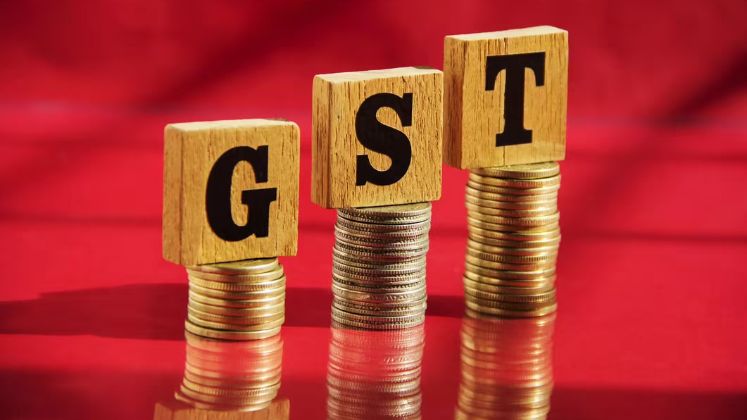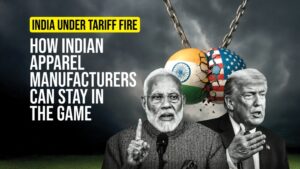The Centre’s blueprint for next-generation GST reforms has generated cautious optimism within India’s retail and apparel sectors. Industry bodies have welcomed the Government’s intent to simplify the tax system and reduce the burden on mass-consumption goods, while also flagging concerns about possible pitfalls if the reforms are not implemented carefully.
The proposal seeks to collapse the existing four-tier GST structure into two primary slabs—5% and 18%—alongside a higher 40% rate for sin goods such as tobacco and aerated drinks. Industry associations believe such a shift could spur consumption and improve ease of doing business, but warn that risks such as inverted duty structures and wide rate differentials must be addressed.
Rahul Mehta, Chief Mentor of the Clothing Manufacturers Association of India (CMAI), said the Government’s objectives were commendable, noting that fewer slabs would ease compliance and moving mass-consumption goods into the lower slab was the right approach. However, he cautioned that execution would be the decisive factor.
At present, garments priced up to Rs. 1,000 (US $ 11.50) are taxed at 5%, while those above the threshold attract 12%. With the 12% slab set for removal, there are concerns that higher-priced apparel could fall directly into the 18% category. Mehta warned this would be damaging to the industry and stressed that real benefits would emerge only if the entire textile value chain were shifted to 5%. He added that this would make clothing more affordable and resolve the sector’s most pressing issue—the inverted duty structure, where raw materials are taxed more heavily than finished goods.
He further advised against raising the Rs. 1,000 (US $ 11.50) threshold, arguing that such a step could encourage manufacturers to compromise on quality to stay within the lower tax slab. A broader gap of 5% versus 18%, he noted, could also drive under-invoicing, unhealthy practices, and grey market growth.
The Retailers Association of India (RAI) has also welcomed the reform blueprint but pushed for a uniform tax rate across all price points within a product category. CEO Kumar Rajagopalan said lowering GST on everyday essentials and aspirational products would improve affordability, stimulate demand, and support economic growth. He recommended standardising GST on a single product at one rate across all price ranges to eliminate anomalies.
For retailers, managing multiple GST rates within categories such as footwear and apparel has long been a compliance challenge. Rajagopalan emphasised that a two-rate system should be structured in a way that resolves these discrepancies and improves ease of doing business.







